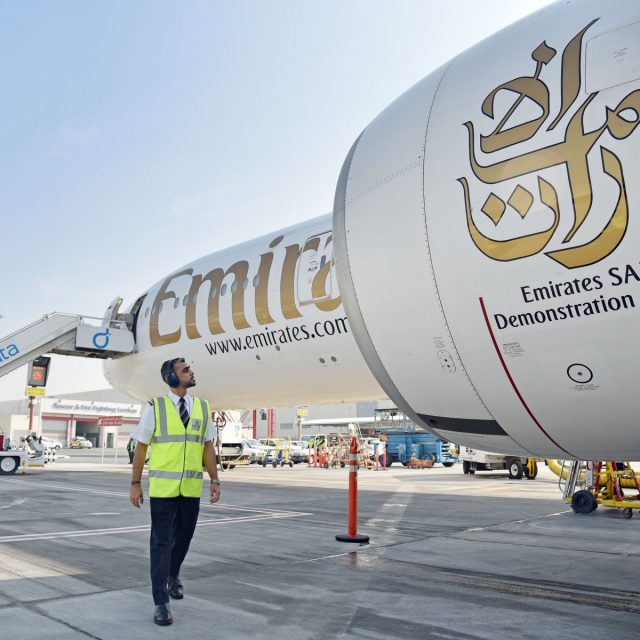The EU’s revised General Safety Regulation will enter into force this week.
The new rules require that, as of July 2022, all new vehicle models introduced on the European market are equipped with advanced safety features.
These include technology to detect drivers’ drowsiness and distraction, improved impact zone to mitigate the risk of injury to pedestrians and cyclists, systems reducing dangerous blind spots on trucks and buses and data recording technology.
The new features can help reduce significantly the number of fatalities and injuries on our roads.
The Regulation is part of the EU’s long-term goal of moving close to zero on the number of serious fatalities and injuries by 2050 (“Vision Zero”).
The rules will also pave the way towards an increasingly connected and automated mobility, and boost the global innovation and competitiveness of the European car industry
Meanwhile, since 1 January a new Regulation setting CO2 emission performance standards for new passenger cars and vans is in application.
Manufacturers will now have to meet new stricter targets set for the fleet-wide average emissions of new cars and vans registered in a given calendar year. By 2025, manufacturers will need to reduce fleet-wide emission by 15% for both cars and vans, compared to 2021 levels.
By 2030, they will need to reach a 37.5% reduction for cars and 31% reduction for vans. The Regulation also includes a mechanism to incentivise the uptake of zero- and low-emission vehicles, in a technology-neutral way.
The new Regulation will reduce fuel consumption costs for consumers and strengthen the competitiveness of the EU automotive industry, while stimulating employment and contributing to the achievement of the EU’s commitments under the Paris Agreement.
The new rules provide for a smooth transition towards zero-emission mobility, allowing sufficient time for reskilling of workers in the automotive sector, and sending a clear signal to potential investors in refuelling and recharging infrastructure.




